#andhra pradesh
Text
A new study launched this week highlights the work of Andhra Pradesh Community-Managed Natural Farming (APCNF) and the remarkable untapped potential of agroecological natural farming in Andhra Pradesh, India.
Spanning over 6 million hectares, and involving 6 million farmers and 50 million consumers, the APCNF represents the largest agroecological transition in the world. Amidst the diverse landscapes of Andhra Pradesh, this state-wide movement is addressing a multitude of development challenges—rural livelihoods, access to nutritious food, biodiversity loss, climate change, water scarcity, and pollution—and their work is redefining the way we approach food systems.
Farmers practicing agroecology have witnessed remarkable yield increases. Conventional wisdom suggests that chemical-intensive farming is necessary to maintain high yields. But this study shows agroecological methods were just as productive, if not more so: natural inputs have achieved equal or higher yields compared to the other farming systems—on average, these farms saw an 11% increase in yields—while maintaining higher crop diversity. This significant finding challenges the notion that harmful chemicals are indispensable for meeting the demands of a growing population.
The advantages of transitioning to natural farming in Andhra Pradesh have gone beyond just yields. Farmers who used agroecological approaches received higher incomes as well, while villages that used natural farming had higher employment rates. Thanks to greater crop diversity in their farming practice, farmers using agroecology had greater dietary diversity in their households than conventional farmers. The number of ‘sick days’ needed by farmers using natural farming was also significantly lower than those working on chemically-intensive farms. Another important finding was the significant increase in social ‘capital’: community cohesion was higher in natural farming villages, and knowledge sharing had greatly increased—significantly aided by women. The implications for these findings are significant: community-managed natural farming can support not just food security goals, but also sustainable economic development and human development.
The study overall sheds light on a promising and optimistic path toward addressing geopolitical and climate impacts, underlining the critical significance of food sovereignty and access to nourishing, wholesome food for communities. Contrary to the misconception that relentlessly increasing food production is the sole solution to cater to a growing population, the truth reveals a different story.
While striving for higher yields remains important, the root cause of hunger worldwide does not lie in scarcity, as farmers already produce more than enough to address it. Instead, food insecurity is primarily driven by factors such as poverty, lack of democracy, poor distribution, a lack of post-harvest handling, waste, and unequal access to resources.
153 notes
·
View notes
Text

Yaganti Temple, Kurnool, Andhra Pradesh, India: Yaganti Uma Maheshwari Swamy temple is situated aloft the Yerramalla hills in Kurnool district at a distance of 90 km from district headquarters. Nearby town is Banaganapalli which is 11 km away from Yaganti.
50 notes
·
View notes
Photo


40-foot Buddha statue near Belum Caves, Andhra Pradesh, India
(via Instagram: Poojitha Bommisetty)
217 notes
·
View notes
Photo



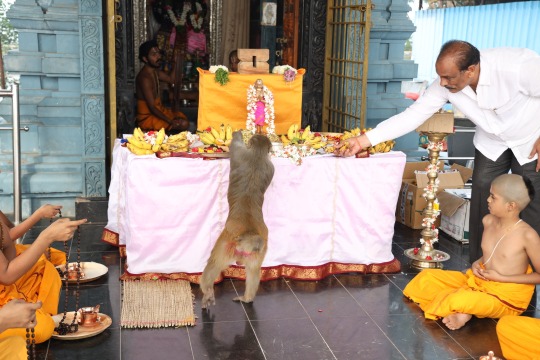

Big Hanuman instalation at Vijaya Keeladri Divya temple, Vijayawada, Andhra Pradesh
175 notes
·
View notes
Text

Andhra Pradesh, INDIA
106 notes
·
View notes
Text
SOUTH INDIAN TEMPLES--GOPURAM BLOG
Ancient and early medieval temples feature smaller gopuram, while in later temples they are a prominent feature of Hindu Dravidian style; in many cases the temple compound was expanded and new larger gopuram built along the new boundary. They are topped by the kalasam, a bulbous stone finial. They function as gateways through the walls that surround the temple complex. Another towering structure located towards the center of the temple is the Vimanam. Both of them are designed and constructed as per rules given in the texts of Vaastu shastra.
The gopuram's origins can be traced back to early structures of the Pallava kings, and relate to the central shikhara towers of North India. Between the twelfth and sixteenth century, during the Pandya, Nayaka and Vijayanagara era when Hindu temples increasingly became a hub of the urban life, these gateways became a dominant feature of a temple's outer appearance, eventually overshadowing the inner sanctuary which became obscured from view by the gopuram's colossal size and courtyards.[5] It also dominated the inner sanctum in amount of ornamentation. Often a shrine has more than one gopuram.[1] They also appear in architecture outside India, especially Khmer architecture, as at Angkor Wat.
Here are some of my pictures i had clicked and these structures were built far before..in BC period.
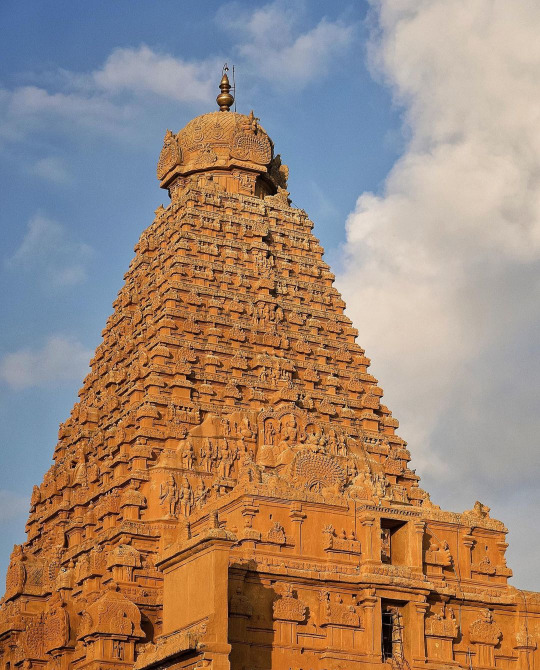
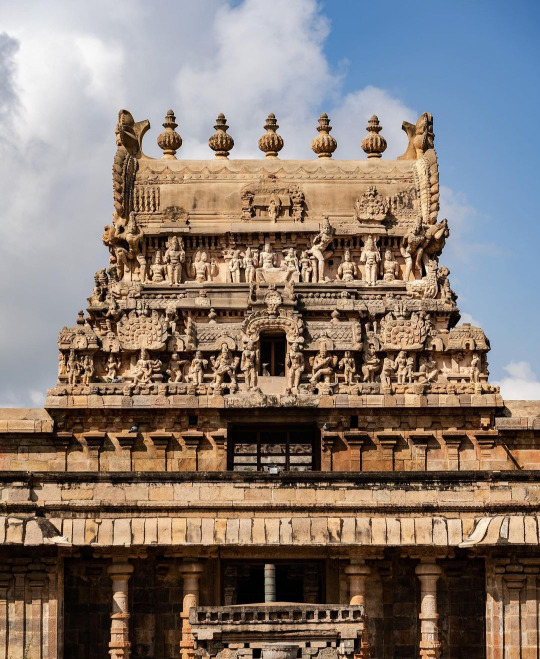
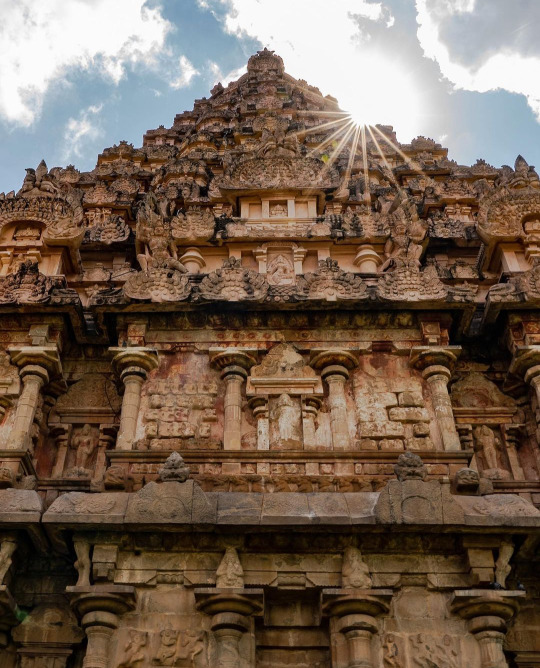

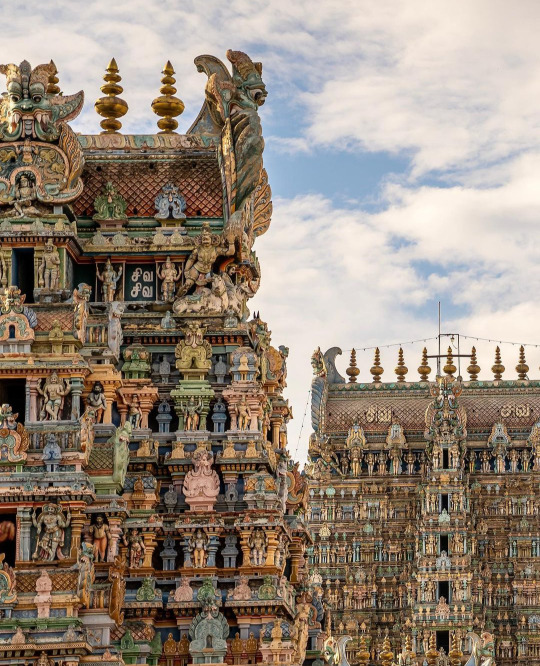
#hindu culture#1950s#nostalgia#indian temples#india news#indian cinema#chola#tamil#tamilnadu#history#indian history#gopuram#manuscript#andhra pradesh#karnataka#chennai#tanjavur#indian culture#ponniyin selvan#ponni nadhi#ponniyin selvan 1#mani ratnam#indianfashion
61 notes
·
View notes
Text
Resource List for Learning Telugu
Hello! Do you want to learn Telugu but don't know where to start? Then I've got the perfect resource list for you and you can find its link below! Let me know if you have any suggestions to improve it. Here is what the resource list contains;
"Handmade" resources on certain grammar concepts for easy understanding.
Resources on learning the script.
Websites to practice reading the script.
Documents to enhance your Telugu vocabulary.
Notes on Colloquial Telugu.
Music playlists
List of podcasts/audiobooks And a compiled + organized list of websites you can use to get hold of Telugu grammar!
#india#langauge learning#language#language resources#discord server#langblr#desiblr#studyblr#south asia#south asians#culture#indian#telugu#andhra pradesh#telanagana#pushpa#rajamouli#ss rajamouli#baahubali
247 notes
·
View notes
Text
Against 10,881 farm suicides reported in 2021, NCRB recorded farm suicides to be 3.7 per cent higher in 2022 when a total of 11,290 farmers and farm workers took the fatal route. In 2022, of the 5,207 farmers who took their own lives, 208 were women. Similarly, of the 6,083 farm workers who committed suicide, 611 were women. Most suicides were reported from Maharashtra, Karnataka, Andhra Pradesh and Madhya Pradesh. Maharashtra alone reported 38 per cent of the total farm suicides, recording 4,248 suicides.
Devinder Sharma, ‘Incredible India! Wilful defaulters buy properties; farmers offer to sell body organs to pay-off loans’, Bizz Buzz
#Bizz Buzz#Devinder Sharma#India#NCRB#farmer suicides#farm worker suicides#Maharashtra#Karnataka#Andhra Pradesh#Madhya Pradesh
4 notes
·
View notes
Text
Must-see tourist hotspot in Andhra Pradesh
Araku Valley is a scenic location in the Visakhapatnam district of Andhra Pradesh and is famous for its breathtaking scenery, dense forests, and lovely coffee plantations. Picture lush green hills, waterfalls, and old tribal villages—it's a place that grips you into a special experience. The pleasant weather all year round, along with the vibrant culture of the local tribes, makes it a favourite among tourists. And the aromatic coffee that the valley is known for, which attracts coffee enthusiasts from different parts of the country.
#travel#tourism#andhra pradesh#andhrapradesh#tour packages#tourism packages#sensila voyages#araku valley#valley#tourism hotspot#south india
2 notes
·
View notes
Text
Top Real Estate Builders & Developers in
Rajahmundry | KB Estates
KB Estates is one of the top real estate builders & developers in Rajahmundry providing top-notch and premium-quality homes with exceptional living spaces to customers.
Contact Us :- [email protected]

#best real estate developers in Rajahmundry#best real estate builders in Andhra Pradesh#Builders & Developers#KB-Estates#Rajahmundry#Andhra Pradesh#India
1 note
·
View note
Photo





We tend to treat bright tropical sunlight as an actinic agent that deteriorates and damages structures. And indeed it does. Everything from medicine tablets and liquids, to beach-chairs, wine and of course us, wrinkling under the Sun, are damaged by it.
But on occasion sunlight can create poetry - and purity - as witness the remnants of this crustacean carapace bleached into a beautiful eburnean white by the relentless sun, giving the dead beast a second resurrection as it were, it exhibiting far greater alabaster beauty in death than it did in life, beautifully coloured though it was even in life.
Northern bank of the Gosthani river confluence. May 10, 2010, Bheemili, Andhra Pradesh..
#exoskeleton#carapace#bleaching#sunlight#actinic#fading#colour#beach#crustacean#purity#andhra pradesh#bheemili#decolored#decolorization#white#alabaster
6 notes
·
View notes
Text
youtube
3 notes
·
View notes
Text

Nandi Lepakshi Temple, Hindupur, Lepakshi, Andhra Pradesh, India: Free siting open air single stone carved Nandi, 2nd biggest Nandi in India. The nandi faces the naga Lingam. The naga linga sculpture is inside the Veerahbadreswara temple at Lepakshi in Andhra Pradesh, Hindupur was supposed to have been carved out by a man in an hour. This is about 15 feet high very massive shiva linga sculpture with naga Prabhavali.
31 notes
·
View notes
Photo
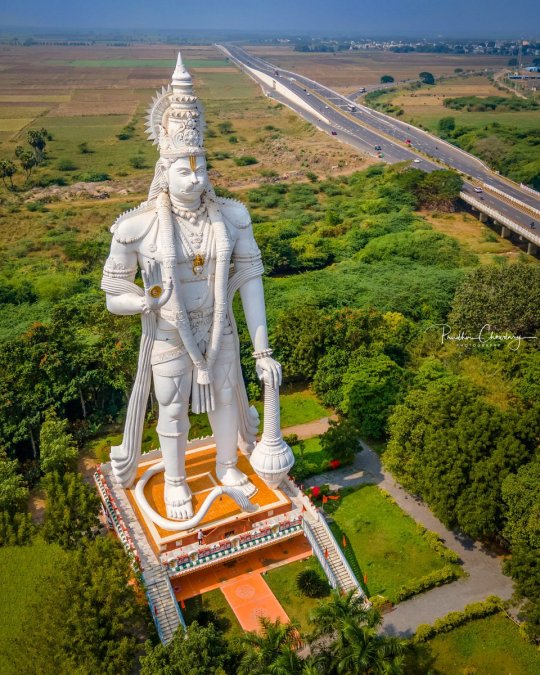
Veera Abhaya Anjaneya Hanuman
Partitala, Andhra Pradesh, India
(via Twitter: Prudhvi Chowdary @Prudhvikoppaka)
103 notes
·
View notes
Photo
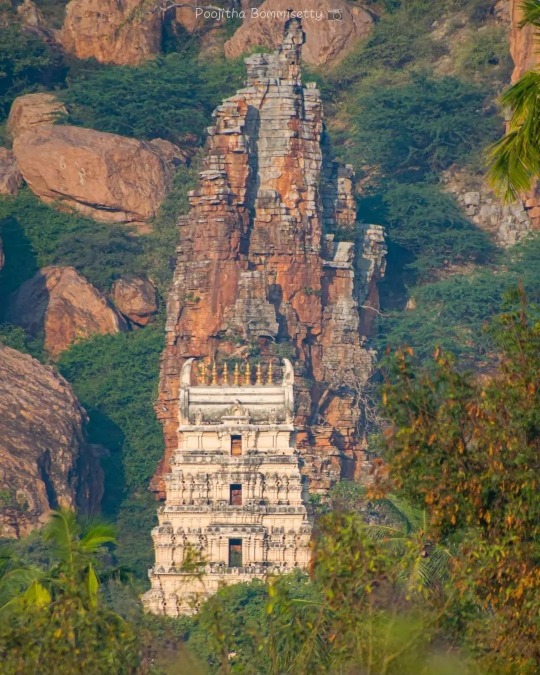
Sri Yaganti Uma Maheshwara Temple, Kurnool, Andhra Pradesh, photo by Poojitha Bommisetty
92 notes
·
View notes
Text
South Indians, are you tired of being categorized under the tag “desi”, disappointed in the lack of representation for us and our culture and history? Thank god cuz so am I.
So think of a obscure/well known historical/cultural fact/rant that you know of from your region and make up ur own south indian tags.
go crazy but remember you are not only desi.
@unrealfigmentofyourimagination @firizen @afamous-simp @mazhaiyil-kaadhal @tis-the-boards-season @elsafrostlovesbooksandthesky
no pressure tags and open to any other South Indian.
#this is not to invoke any anti national feeling#south indian#dravidian#tn#kerala#karnataka#andhra pradesh#ap#telangana#tamil#telugu#malayalam#kannada#sorry this sounds like an ad#maybe i should've just given out bird call sounds or something
8 notes
·
View notes